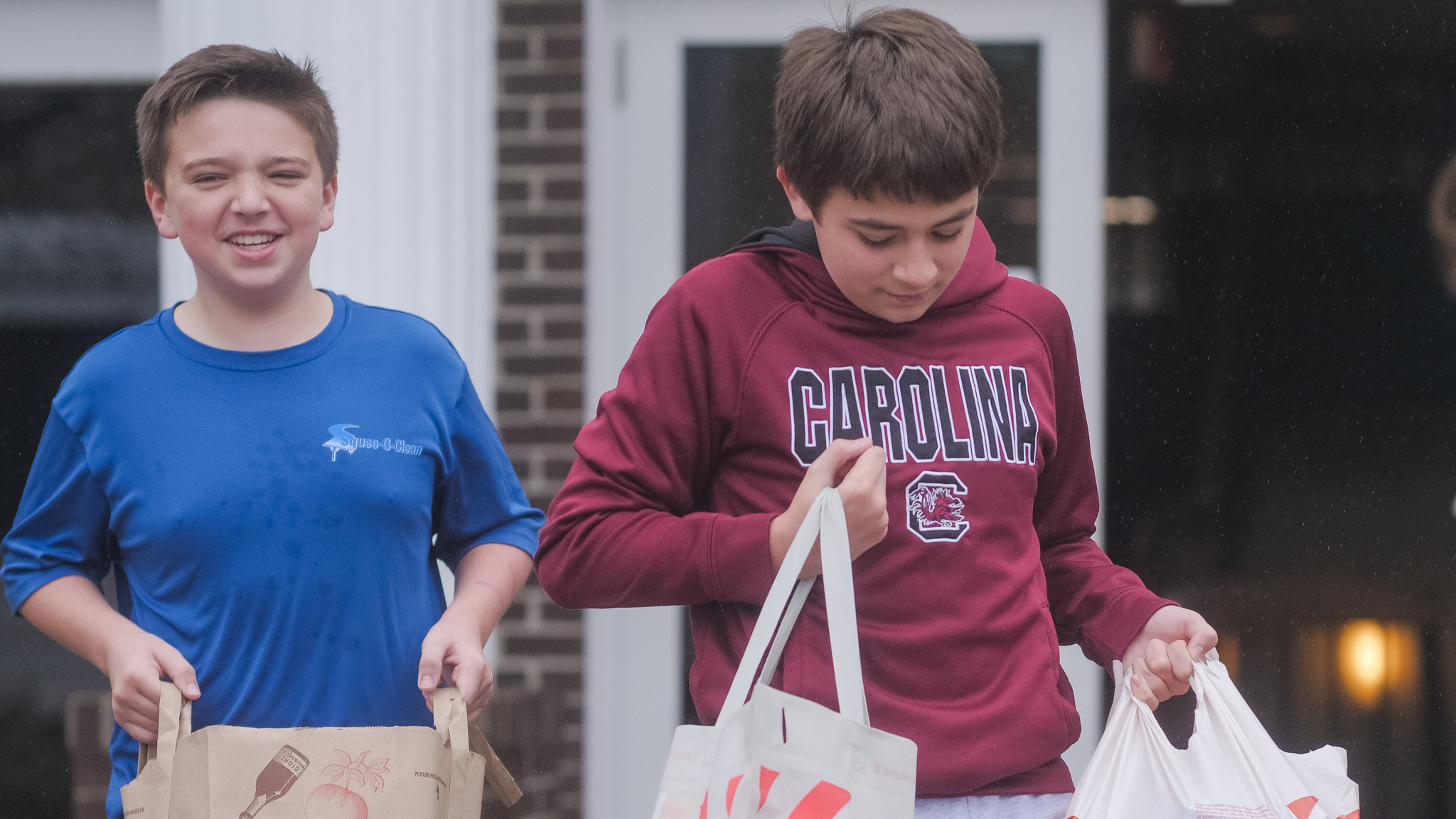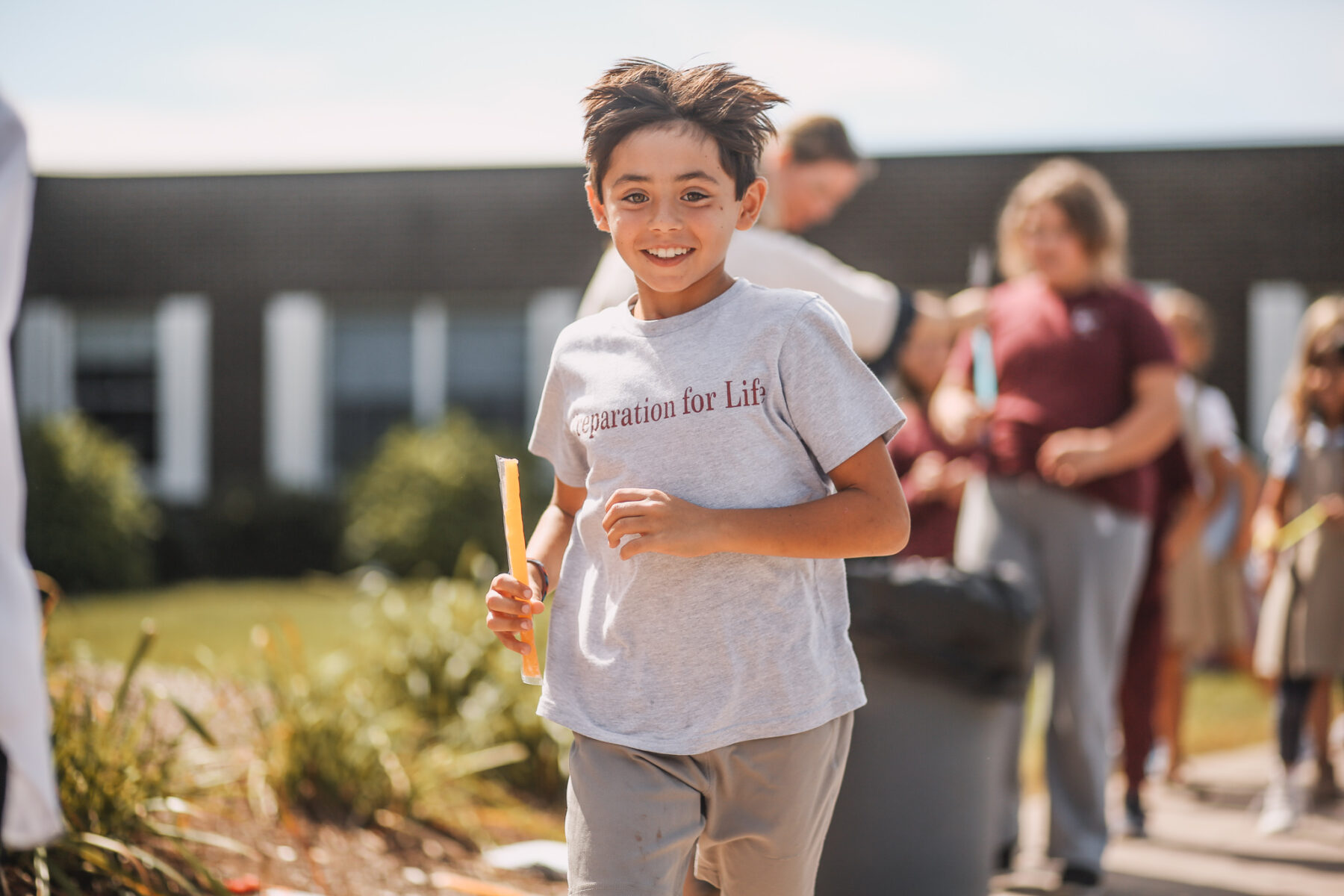How Do Young People Learn to Serve?

How Do Young People Learn to Serve?
By Elaina Russo
We hear it all the time: pop culture is serving up a Me First mentality, with a hefty side of As Long It Doesn’t Inconvenience Me.
Is it any wonder that it’s not most people’s instinct to put others first? I’m not even talking about the big things, yet. I’m talking about the small things:
How many times have you witnessed a driver cut another driver off or not let the pedestrian cross the street? How many times have you seen abandoned shopping carts in the store aisles or in the parking lot instead of in the cart holders? Ever seen trash on the side of the road instead of in a garbage bin?
Pretty small things, right?
Let’s talk about three of the factors that go into making those small things the foundation for some big-impact outcomes.
1. Consistency: Modeling and Training
It’s consistency in the everyday moments above that yields an instinct to act. That consistency is in witnessing and doing, or modeling and training. Seeing service modeled by those around us is the nonverbal teaching that leaves the biggest impact on our learning. And being trained—directives, encouragement, reminders—to act under certain conditions is the verbal cueing that reinforces the modeling to bring about a more immediate automatic response.
Take-away action: Model everyday serving for our children, and reinforce training that keeps them aware of everyday moments to make a difference.
2. Empathy: Walk a Mile in My Shoes
Most of the time, we connect with others who have been been where we’ve been, those who can truly understand our experience and whose emotions are evoked through our simple narrative description. When we experience for ourselves what others experience, the outcome is empathy. Empathy fuels compassion, which is often the catalyst for action.
Take-away action: Lend our children opportunities to develop empathy through firsthand experiences that drive compassion.
3. Action: Projects and Philanthropy
Putting the training, empathy, and compassion into action knits together the modeling and firsthand experience to create a unique outcome. Action moves us from a cerebral experience to a physical experience when it comes to service. The act of doing something cements its intrinsic value, reinforcing the modeling and empathy such that a personal desire to serve is born.
A few words about service. Service is made up of hands-on projects and philanthropy (fundraising). Sometimes the two overlap, but it should be rare.
A service project is the act of doing hands-on activities with a charity or cause while philanthropy is the act of raising money for charity. Projects typically help you make a connection between yourself and your skills and the needs of the community. Examples of service projects include painting a youth center, serving food at a shelter, or picking up trash on a nature trail. Philanthropy is helping mankind through the giving of financial gifts. Examples of philanthropy include food drives, bake sales, and walk-a-thons.
Take-away action: Ask our children (or sign them up) to participate in a service project or fundraiser. Be sure to take pictures to bolster times of reflection later.
Service Benefits the Server, Too
Serving is part of our broader culture, and it’s not only faith-based organizations that serve. Secular and faith-based groups alike lead the charge in serving, locally and around the world. Serving has mental and health benefits including a sense of belonging, purpose, self-esteem, and happiness.
Those benefits are undergirded with Biblical teachings such as:
- “Do not neglect to do good and to share what you have, for such sacrifices are pleasing to God.” – Hebrews 13:16
- “As each has received a gift, use it to serve one another, as good stewards of God’s varied grace.” – 1 Peter 4:10
- “The greatest among you shall be your servant.” – Matthew 23:11
With Scripture as the foundation—bolstered by the evidence of health benefits—those of us in seats of influence in our children’s lives have the opportunity to teach, model, and encourage serving for our kids. The end results are helping the next generation see through the eyes of compassion and developing hearts to serve so that they can impact the world for good.
What does serving look like for your child or family? Share your pictures and stories here. We’ll be compiling snapshots in the weeks ahead and your story may inspire others to move into action.


